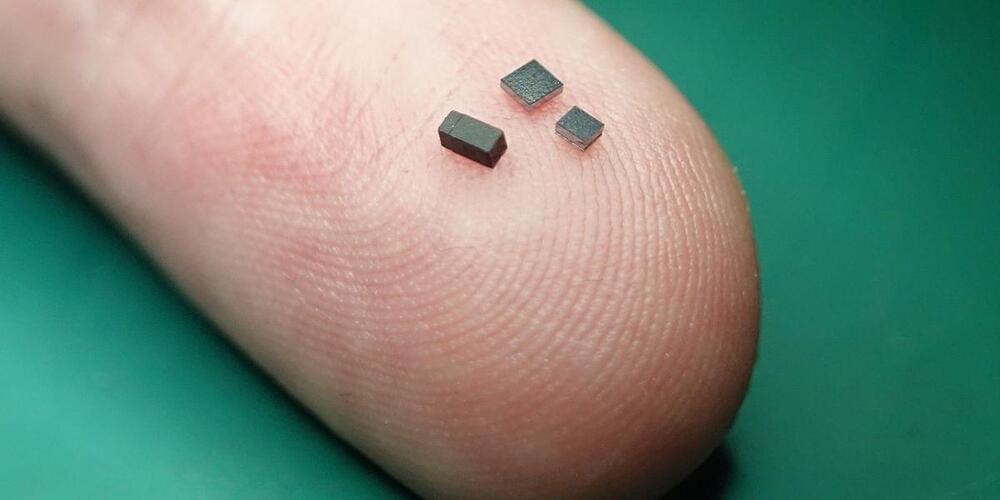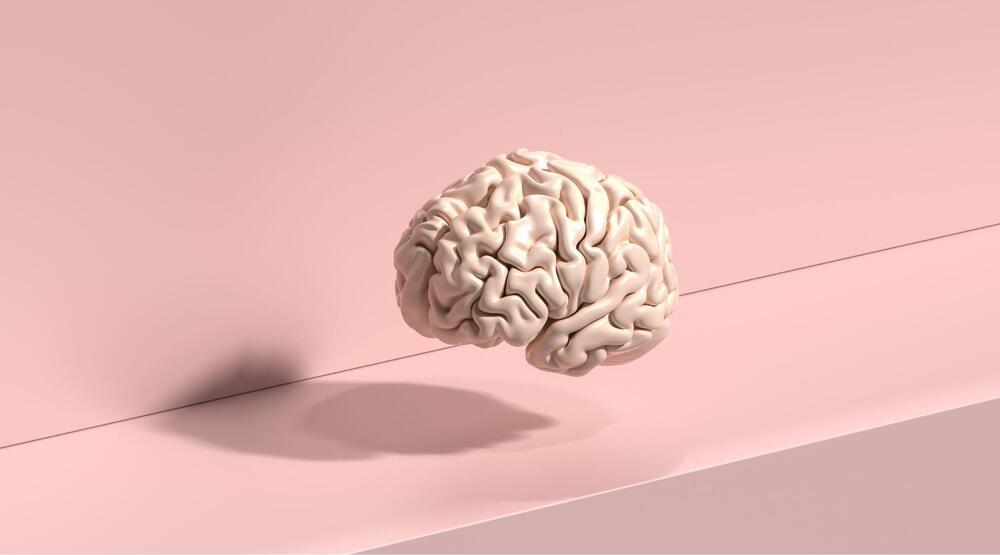Go to https://buyraycon.com/isaacarthur for 15% off your order! Brought to you by Raycon.
They say you should always attack from the high ground, and there’s no higher ground than from orbit. Today we’ll examine orbital strikes, asteroid bombardment, kinetic weapons, dropships, and how to defend from them.
Visit our Website: http://www.isaacarthur.net.
Support us on Patreon: https://www.patreon.com/IsaacArthur.
Facebook Group: https://www.facebook.com/groups/1583992725237264/
Reddit: https://www.reddit.com/r/IsaacArthur/
Twitter: https://twitter.com/Isaac_A_Arthur on Twitter and RT our future content.
SFIA Discord Server: https://discord.gg/53GAShE
Check out Peter Garretson’s work:
Scramble for the Skies: The Great Power Competition to Control the Resources of Outer Space https://www.amazon.com/dp/1498583113/ref=cm_sw_r_cp_api_glt_…atfound-20
https://cdn.afresearchlab.com/wp-content/uploads/2020/07/272…_FINAL.pdf.
Listen or Download the audio of this episode from Soundcloud:
Episode’s Audio-only version: https://soundcloud.com/isaac-arthur-148927746/orbital-bombardment.
Episode’s Narration-only version: https://soundcloud.com/isaac-arthur-148927746/orbital-bombardment-narration-only.
Credits:
Orbital Bombardment.
Science & Futurism with Isaac Arthur.
Episode 278; February 18, 2021
Produced, Written, and Narrated by Isaac Arthur.
Editors:







